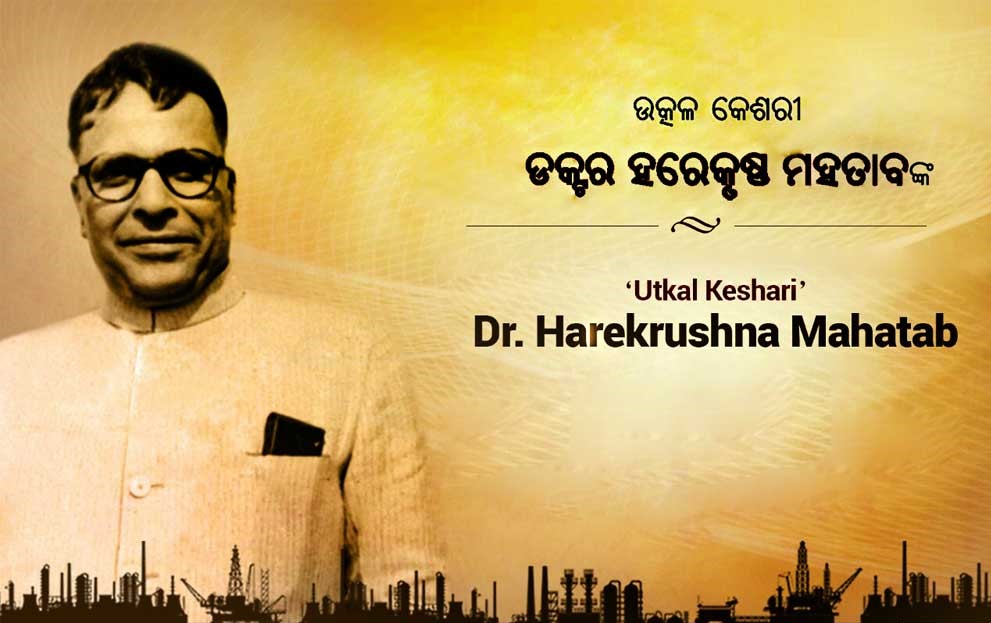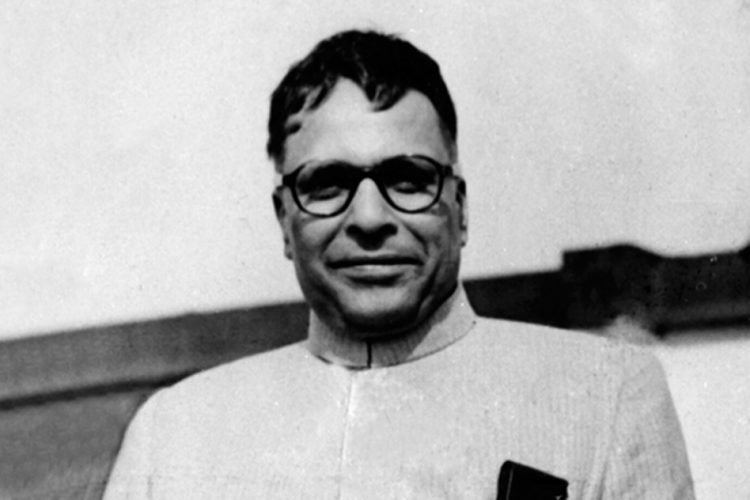The integration of princely states was a significant achievement in the early post-independence era of India. Under the leadership of Dr. Harekrushna Mahtab, the states were seamlessly merged with the Union of India, ensuring the country’s territorial integrity and national unity. Let’s delve into this remarkable endeavor and the role played by Dr. Harekrushna Mahtab in this integration process.
After India gained independence from British colonial rule in 1947, it confronted the challenge of incorporating over 500 princely states into the newly formed Republic of India. These states, which had enjoyed varying degrees of autonomy under British rule, had the option to either join India or Pakistan or maintain their independence. The process of integrating these states was crucial to consolidate India as a single nation and to avoid fragmentation into separate entities.
Dr. Harekrushna Mahtab, a renowned political leader and the Chief Minister of Odisha, played a pivotal role in facilitating the integration process. Known for his administrative acumen and diplomatic skills, Mahtab was appointed as the Chairman of the Indian States Inquiry Commission in 1947. This commission was tasked with deliberating and negotiating the terms of accession with the princely states.
Under the guidance of Dr. Mahtab, the commission adopted a multifaceted approach to bring the princely states into the fold of the Indian Union. One aspect of this approach was persuasion and dialogue. Mahtab and his team engaged in extensive discussions and negotiations with the rulers and representatives of various princely states. They highlighted the benefits of integration, such as preserving cultural diversity alongside national unity, economic development, and access to a larger market.

You can read our another post on World Art Day
Another crucial aspect of the integration process was the recognition of the princely states’ autonomy and distinct identity. Dr. Mahtab and his team recognized the importance of respecting the unique characteristics of each state while integrating them into the constitutional framework of India. This approach earned the trust and confidence of the rulers, which played a vital role in successful integration.
Dr. Mahtab’s role extended beyond persuasion and negotiations. He also oversaw the efficient administration of the states during the transition period. His team assisted in the formation of interim governments, the transfer of power, and the establishment of administrative machinery to facilitate a smooth transition.
One of the notable achievements of Dr. Mahtab was the integration of Mayurbhanj, a princely state in Odisha. The state had initially expressed reservations about joining the Indian Union, but through Mahtab’s adept leadership, Mayurbhanj was seamlessly integrated into India.
The integration of the princely states was a complex task that required tact, diplomacy, and visionary leadership. Dr. Harekrushna Mahtab embodied these qualities and played a crucial role in bringing these states into the fold of the Indian Union.
The successful integration of princely states under Dr. Harekrushna Mahtab’s guidance had far-reaching implications. It strengthened India’s unity and paved the way for the formation of a modern and progressive nation. It set a precedent for peaceful negotiations and consensus-building, which continue to be essential principles in India’s federal structure.
Dr. Mahtab’s contributions to the integration of princely states often go unrecognized but remain a testament to his skills as a statesman and his commitment to national integration. His efforts ensured that the diverse tapestry of princely states became an integral part of the democratic and pluralistic fabric of India.

Write A FAQ For Integration of Princely States Under Dr. Harekrushna Mahtab
What is the significance of the integration of princely states under Dr. Harekrushna Mahtab?
The integration of princely states under Dr. Harekrushna Mahtab was a significant event in India’s history as it helped in the consolidation of the newly independent nation. It aimed to unite various princely states and create a unified India, free from the fragmented rule of multiple princely states.
How did Dr. Harekrushna Mahtab facilitate the integration of princely states?
Dr. Harekrushna Mahtab, as the Chief Minister of Odisha, played a crucial role in spearheading the integration process. He organized negotiations and discussions with the rulers of various princely states to convince them to join the Indian Union. His diplomatic skills and leadership helped in resolving contentious issues and ensuring a smooth integration process.
What were the challenges faced during the integration of princely states?
The integration process faced several challenges such as resistance from the rulers of princely states who were reluctant to give up their sovereignty and join the Indian Union. There were also issues regarding the demarcation of borders, control over certain resources, and allocation of privileges and rights to the erstwhile rulers.
How did the integration of princely states contribute to nation-building?
The integration of princely states under Dr. Harekrushna Mahtab’s leadership played a vital role in nation-building. It helped in forging a sense of unity and collective identity among the people of India. The integration also paved the way for the establishment of a strong centralized government, which was essential for effective governance and development of the country.
What legacy did Dr. Harekrushna Mahtab leave in the integration of princely states?
Dr. Harekrushna Mahtab’s legacy in the integration of princely states is that of a skilled statesman and visionary leader. His efforts in successfully convincing the rulers and ensuring their inclusion in the Indian Union showcased his diplomatic acumen and commitment to national integration. His contributions laid the foundation for the united and integrated India we see today.
